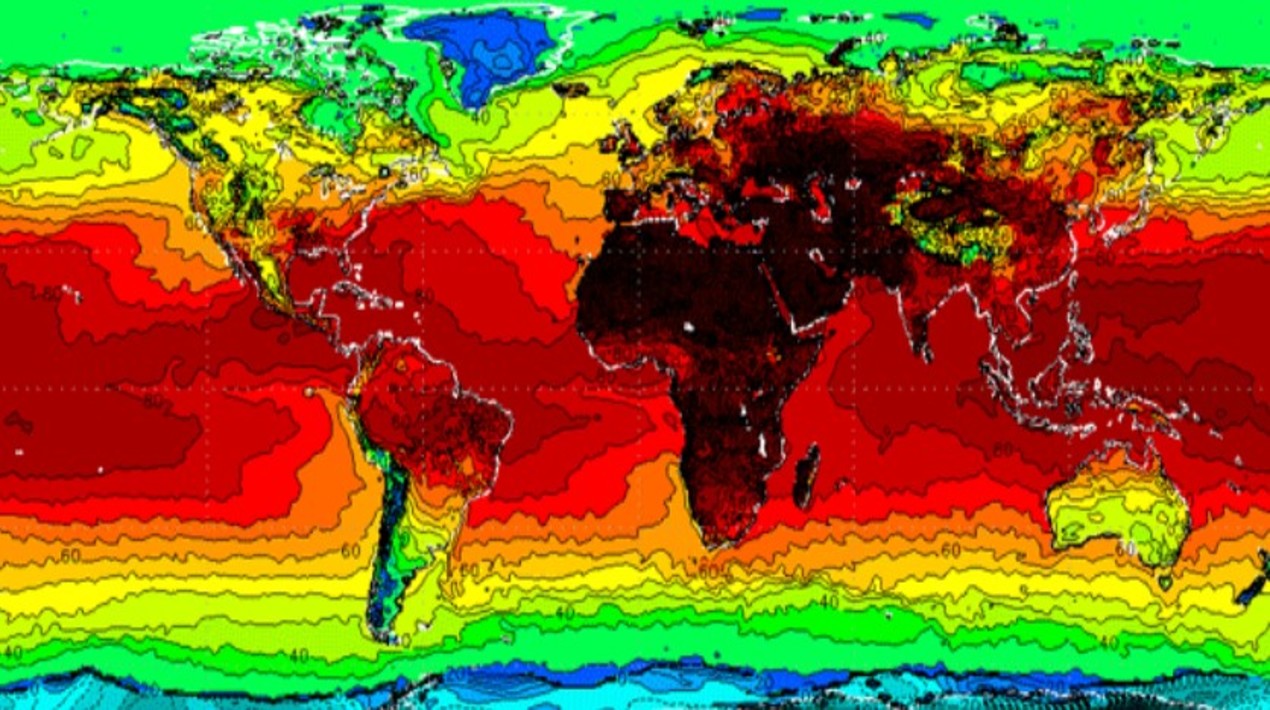
From movie suggestions to self-driving vehicles, machine learning has revolutionised modern life. Experts are now using it to help solve one of humanity’s biggest problems: climate change. With machine learning, researchers can use the abundance of historical climate data and observations to improve predictions of Earth’s future climate. These predictions will have a major role in lessening our climate impact in the years ahead.
Machine learning algorithms use available data sets to develop a model. This model can then make predictions based on new data that were not part of the original data set. Regarding climate change, there are two main approaches by which machine learning can help further the understanding of climate: observations and modelling. In recent years, the amount of available data from observation and climate models has grown exponentially. Hence, machines can analyse all of the data.
Observations from space
Satellites are continuously monitoring the ocean’s surface, giving scientists useful insight into how ocean flows are changing. NASA’s Surface Water and Ocean Topography (SWOT) satellite mission — scheduled to launch late next year — aims to observe the ocean surface in unprecedented detail compared with current satellites.
However, a satellite cannot observe the entire ocean at once. It can only see the portion of the ocean beneath it. Moreover, the SWOT satellite will need 21 days to go over every point around the globe. Machine learning algorithms can use data retrieved by the SWOT satellite to predict the missing data between each SWOT revolution.
Obstacles in climate modelling
Observations inform the present. However, to predict future climate researchers must rely on comprehensive climate models. The latest IPCC climate report was informed by climate projections from various research groups across the world. These researchers ran a multitude of climate models representing different emissions scenarios that yielded projections hundreds of years into the future.
To model climate, computers overlay a computational grid on the oceans, atmosphere and land. Then, by starting with the climate of today, they can solve the equations of fluid and heat motion within each box of this grid to model how the climate will evolve in the future. Running climate models that project forward hundreds of years brings even the most powerful supercomputers to their knees. Thus, they are currently forced to run these models at a coarse resolution.
A clearer picture
Some parameterisations already exist in coarse-resolution models, but often do not do a good job integrating the smaller-scale flow features in an effective way. Machine learning algorithms can use the output from realistic, high-resolution climate models to develop far more accurate parameterisations.
As the computational capacity grows — along with the climate data — researchers will be able to engage increasingly sophisticated machine learning algorithms to sift through this information and deliver improved climate models and projections.
To deal with climate change, finding clean energy is essential. As reported by OpenGov Asia, The U.S. Department of Energy (DOE) today announced $45 million for projects that will help seamlessly integrate clean energy sources onto the grid, supporting the Biden Administration’s goal of a decarbonised power sector by 2035.
As solar and other renewable energy are rapidly deployed throughout the country, these projects are developing new technologies and capabilities to bolster the resilience of the U.S. electric grid. The funding, which also creates a new $25 million consortium, will advance the domestic manufacturing of solar energy and electric grid technologies.
















